Known for its rich history as a pivotal location in the Texas Revolution, San Antonio, Texas now hosts a vibrant automotive market that reflects its dynamic and resilient spirit.
“Horseless carriages” first entered San Antonio around 1899-1901. The first automobile agency in the city was founded in 1902 by two bicycle shop owners, Lewis Birdsong and Frank Crothers, who bought and sold steam-powered automobiles. These types of agencies would later turn into dealerships, where agents could keep stock of the automobiles available in the city.
While the manufacturing of automobiles never took off in San Antonio, car culture did. In 1903, car enthusiasts created the San Antonio Automobile Club, where car owners would drive to other towns in a group as crowds watched enthusiastically.
San Antonio’s historic love of cars is related to its competitive automotive dealership market today. In San Antonio, dealerships showcase strong review response rates, high Google star ratings, and significant review volume. However, to earn the best reputation in San Antonio, dealers must be committed to the customer experience.
Are you a dealership in San Antonio? If so, read up on automotive customer survey software - one of the best sentiment and feedback collection options at your advantage-gaining disposal.
Using the Automotive Reputation Index, which ranks dealers by volume, rating, and response rate, we’ve identified the San Antonio dealerships with the best online reputations.

- Cavender Toyota has the best reputation of dealerships in San Antonio. This dealership especially stands out with its high lifetime review volume and excellent review response rate.
- Ancira Winton Chevrolet stand out at #8 with a high lifetime volume of reviews. This dealership could easily surpass others by improving its review response rate, which is the lowest of all the top 10 dealerships.
- Red McCombs Ford ranks at #4. This dealer has a higher monthly review volume and lifetime volume than the 3rd top dealer, Mission Mitsubishi. Mission Mitsubishi surpasses Red McCombs Ford because of its higher star rating and response rate.

- Gunn Acura has the highest star rating of all luxury dealerships in San Antonio, solidifying its spot as #1 luxury dealer.
- The #2 luxury dealer, Principle BMW of San Antonio, has the lowest response rate but the highest lifetime volume of reviews. To outrank the top dealership, Principle BMW could ensure it is responding to all its new reviews.

- Cavender Toyota stands out in the non-luxury dealer group with its high lifetime volume. Cavender Buick GMC North is several points behind Cavender Toyota, lagging behind slightly in monthly review volume and lifetime volume.
- Mission Mitsubishi should work to raise its lifetime volume of reviews, as other non-luxury dealerships in this area have more reviews. To start, this dealership should ask all of its customers for a review after their visit. Asking everyone for reviews is a proven strategy to boost volume.
*Note from the editor. The Automotive Reputation Index offers substantial coverage of the nation’s dealerships, but it’s still growing. If your dealership is not yet listed on the Index and you’d like to add it, submit your information and we will add it during a regularly scheduled update, roughly once per month.
Widewail's rankings are based on the Widewail Automotive Reputation Index. Explore the full dataset:

Ranking Methodology
To rank these dealerships fairly, we chose a method that considers the fact that dealerships on our list receive a wide range of monthly review volume, in part due to varying levels of opportunity. For example, luxury brands can never sell as many cars as non-luxury brands, the price point limiting a luxury dealership's market.
To compare two dealerships with very different review volumes directly wouldn’t be fair. A dealer with two 5-star reviews doesn’t necessarily deserve to be ranked higher than a dealer with 200 reviews and a 4.5-star rating. With few reviews, the former doesn’t offer enough data for us to use to understand its performance. However, we couldn’t just ignore locations with very few reviews, as that would introduce bias into our rankings.
To solve this, we used "adjusted ratings" in our calculation of dealership ranking. In essence, "adjusted rating" is a dealership's star rating that takes into account how its review volume compares to that of other dealerships in that area. We calculated adjusted ratings by using a technique called additive smoothing which we explain below.
Additive Smoothing
The approach we’ve used is a form of what’s called “additive smoothing.” This process allows for an unbiased way to rank two otherwise unequal dealerships. At its core, additive smoothing levels the playing field by artificially increasing the number of reviews each dealership has by adding the same number of reviews of each star rating to every dealership.
Customer Engagement
Additionally, we take into account the percentage of reviews that a dealership has responded to in our calculation of ranking, as Widewail strongly believes that review response is indicative of a strong reputation strategy.
Activity
The last component revolves around how much review volume a dealership receives, which can be broken down into two parts - their lifetime volume and average monthly volume. Lifetime volume can be thought of as a popularity metric. It’s an important metric and one of the first numbers that a potential customer will see when they start looking at reviews. The second, average monthly review volume, is representative of how active the dealership currently is. We can think of it as follows, lifetime volume captures a historical view of the dealership whereas average volume gives insight into the current status. The final component for the volume metrics is to scale them so there is a more meaningful comparison. To do this we use what is known as min-max scaling. First we group dealerships by their respective city and then find the dealership with the most volume and least volume. Then for each dealer in the group, we subtract the lowest volume and divide by the difference between the highest and lowest volume. The formula for this can be seen below.
x' = x - min(x)max(x) - min(x)
The main advantages of this approach are that all the volume metrics can be mapped to a value between 0 and 1 and the relative difference between dealership volumes can still be preserved.
Below we see an example of this where we have 9 dealerships with differing lifetime volumes, which we then scale. Notice that the relative distance between the actual volumes and the scaled versions is the same.
Below we have an example of ten dealerships, their review volume, and the adjusted relative volume. We can calculate the relative volume by sorting the dealers by review volume and determining the percentage of dealers that have fewer reviews. Here we see that dealer D had the most reviews and so they get a score of 1.
|
Lifetime Volume
|
Scaled Volume
|
|
4619
|
1
|
|
4065
|
0.88
|
|
3922
|
0.85
|
|
1783
|
0.38
|
|
1001
|
0.21
|
|
810
|
0.17
|
|
164
|
0.03
|
|
101
|
0.02
|
|
22
|
0
|

The Ranking Formula
(adjusted rating / 5) * 0.3 + (response rate) * 0.3 + (lifetime volume) * 0.15 + (avg monthly volume) * 0.25
Weighting Rational
We chose to weigh each feature as follows: adjusted rating accounts for 30% of the overall score, response rate also accounts for 30%, and review volume is 40%, which is further broken down into lifetime volume (15%) and average monthly volume (25%).
Weight selection is based on Widewail’s depth of expertise in the industry and we believe is a fair representation of what should be considered a standout reputation.
We’ve broken the weighs into three categories:
Activity (40%)
We believe the amount of review activity is the most important indicator of reputation health for a business, and is a leading driver of local search rankings. We’ve broken this category into two components: lifetime volume (15%) and frequency (25%). Lifetime volume is our “popularity” metric.
Engagement (30%)
Engaging with customers by responding to reviews is a key component of a healthy reputation.
Quality (30%)
Rating has a substantial impact on if a business shows up in local searches and if that business is entered into a prospect’s consideration set. Rating is a key identifier of business health.
Calculation Details
If a company has an adjusted rating of 4.2, responds to 10% of their reviews and has an adjusted lifetime volume of 0.90 in their city and 0.87 for their scaled average monthly review volume, then we would calculate their overall rating as follows
(4.2 / 5) * 0.3 + (0.1)*0.3 + (0.9)*0.15 + (0.87)*0.25 = 0.252 + 0.03 + 0.135 + 0.2175 = 0.6345 * 100 = 63.45
Note: Since response rate accounts for 30% of the overall ranking, if a dealer doesn’t respond to any reviews that automatically caps the max value they can receive to 70.






